Windows to the Past: A Journey Through the World’s Historic Architecture
Historical buildings are not just structures; they are testimonies of architectural evolution, cultural heritage, and historical events. These buildings have withstood the test of time, showcasing the artistry and craftsmanship of different eras.
1The Colosseum
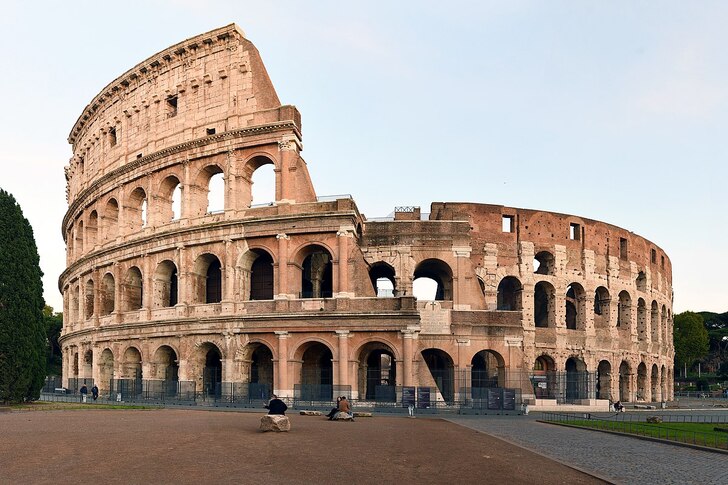
The Colosseum, also known as the Flavian Amphitheatre, is an iconic symbol of ancient Rome’s architectural and engineering prowess. Located in the heart of Rome, Italy, it was commissioned by Emperor Vespasian of the Flavian dynasty around AD 70-72 and completed in AD 80 by his son Titus. The Colosseum could hold between 50,000 and 80,000 spectators and was used for gladiatorial contests, public spectacles, and dramas based on Classical mythology. Its elliptical structure, standing 157 feet tall, and its innovative use of concrete and stone have inspired architects for centuries. Despite being damaged by earthquakes and stone-robbers, the Colosseum remains a powerful symbol of the Roman Empire’s grandeur. It is one of Rome’s most popular tourist attractions, drawing millions of visitors who marvel at its grandeur and contemplate the historical events that took place within its walls. The Colosseum is also a UNESCO World Heritage Site, preserving its legacy for future generations to appreciate and learn from.
2The Parthenon
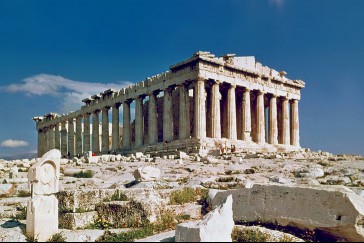
The Parthenon is one of the most enduring symbols of Ancient Greece and Western civilization. Located on the Acropolis of Athens, it was constructed between 447 and 432 BC during the height of the Athenian Empire. The Parthenon was dedicated to Athena, the goddess of wisdom and war, whom the people of Athens considered their patron. Designed by architects Iktinos and Kallikrates under the direction of the sculptor Phidias, the temple is a masterpiece of Doric architecture. It originally housed a massive statue of Athena made of gold and ivory. The Parthenon’s architectural refinements, such as the slight curvature of its columns and steps, create an optical illusion of perfect symmetry and balance. Despite damage over the centuries from war, looting, and environmental factors, the Parthenon remains a powerful symbol of ancient Greek achievement. It is a UNESCO World Heritage Site and continues to draw scholars and tourists from around the world who seek to understand and appreciate the cultural and historical significance of Ancient Greece.
3The Pyramids of Giza
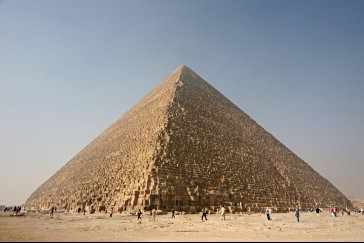
The Pyramids of Giza, located on the Giza Plateau near Cairo, Egypt, are among the most recognizable and awe-inspiring structures in the world. These ancient pyramids were built during the Fourth Dynasty of the Old Kingdom of Egypt, around 2580 – 2560 BC, as tombs for the pharaohs Khufu, Khafre, and Menkaure. The largest of the three, the Great Pyramid of Khufu, was originally 481 feet tall and remained the tallest man-made structure in the world for over 3,800 years. The precise engineering and alignment of the pyramids with celestial bodies demonstrate the advanced knowledge of the ancient Egyptians. Each pyramid is part of a larger complex that includes temples, causeways, and smaller pyramids for queens. The Pyramids of Giza are UNESCO World Heritage Sites and continue to be the subject of research and exploration, offering insights into ancient Egyptian civilization, its beliefs, and its architectural ingenuity. They attract millions of tourists annually, inspiring wonder and admiration for the achievements of one of history’s greatest civilizations.
4The Taj Mahal
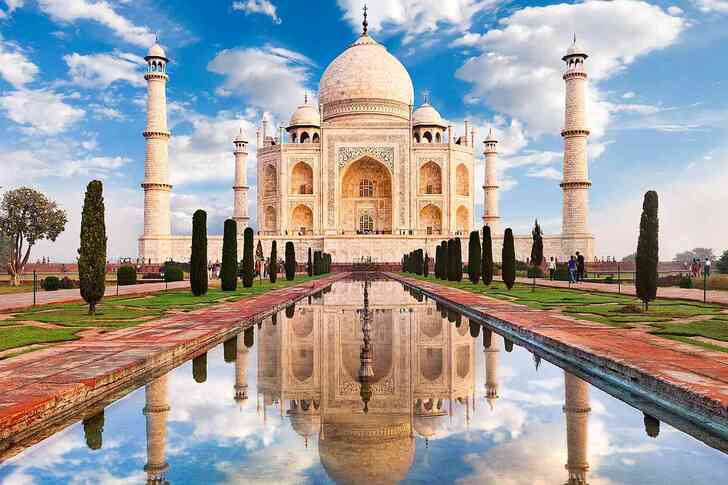
The Taj Mahal, located in Agra, India, is one of the most beautiful and iconic buildings in the world. It was commissioned by the Mughal emperor Shah Jahan in 1632 to house the tomb of his beloved wife Mumtaz Mahal. The Taj Mahal is an outstanding example of Mughal architecture, combining elements from Islamic, Persian, Ottoman Turkish, and Indian architectural styles. Constructed entirely of white marble and adorned with precious and semi-precious stones, the Taj Mahal is renowned for its stunning symmetry and intricate detailing. The main mausoleum is flanked by four minarets and sits in an expansive garden designed in the Persian charbagh style. The complex also includes a mosque and a guest house. The changing hues of the marble in different lights add to the monument’s enchanting beauty. Recognized as a UNESCO World Heritage Site, the Taj Mahal attracts millions of visitors each year, drawn by its romantic history and architectural splendor. It stands as a testament to love and a masterpiece of craftsmanship, admired worldwide for its beauty and cultural significance.

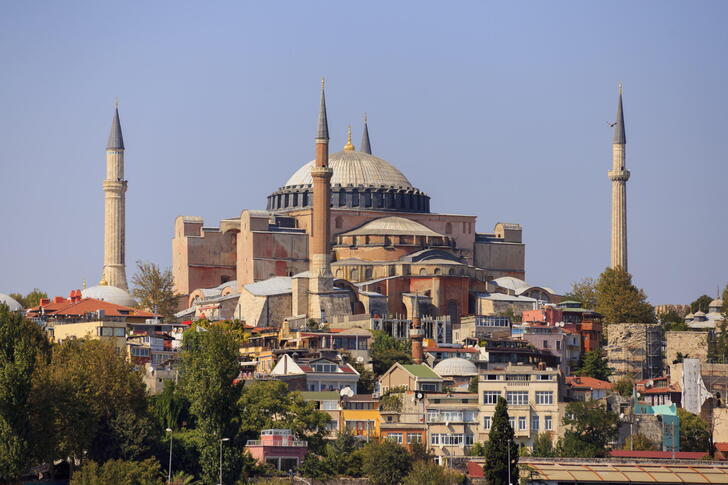
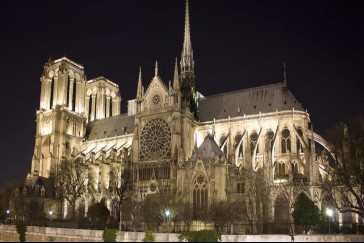
Comments on "Windows to the Past: A Journey Through the World’s Historic Architecture" :